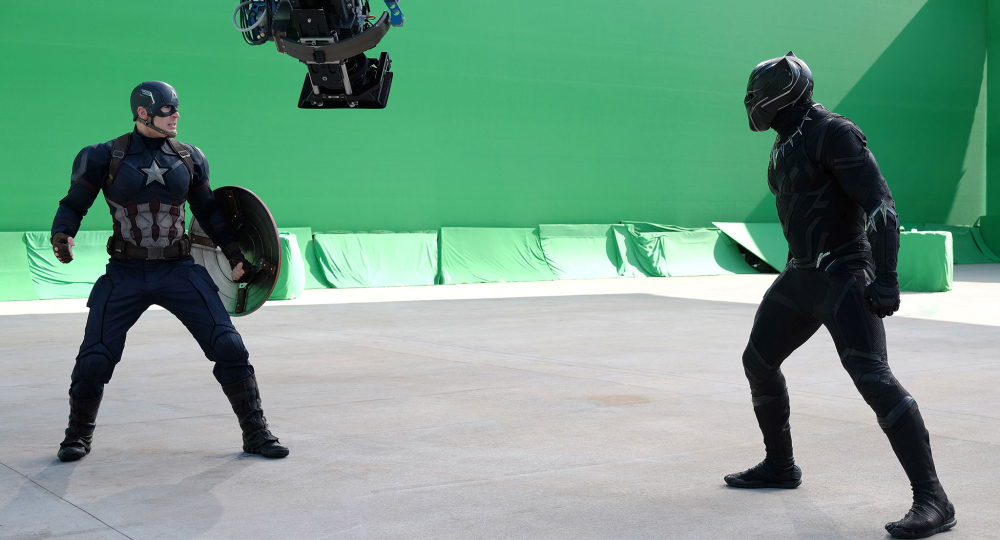Marvel VFX Workers Vote to Unionize with IATSE

Visual effects (VFX) crews at Marvel are laying down Thor’s hammer and have voted to unionize with the International Alliance of Theatrical Stage Employees (IATSE), the union announced August 7.
VFX workers have been without a union for decades but have grown more vocal about representation in recent months. On Monday, IATSE announced that a “supermajority” of Marvel’s more than 50-worker crew have signed authorization cards saying they wanted to be represented by the union.
More from IndieWire
They would join other below-the-line crews with representation through IATSE such as production designers/art directors, camera operators, sound, editors, hair and makeup artists, costumes/wardrobe, script supervisors, grips, lighting, props, and paint.
“For almost half a century, workers in the visual effects industry have been denied the same protections and benefits their coworkers and crewmates have relied upon since the beginning of the Hollywood film industry,” Mark Patch, VFX organizer for IATSE, said in a statement. “This is a historic first step for VFX workers coming together with a collective voice demanding respect for the work we do.”
“Turnaround times don’t apply to us, protected hours don’t apply to us, and pay equity doesn’t apply to us,” Bella Huffman, VFX coordinator, said in a statement. “Visual Effects must become a sustainable and safe department for everyone who’s suffered far too long and for all newcomers who need to know they won’t be exploited.”
“We are witnessing an unprecedented wave of solidarity that’s breaking down old barriers in the industry and proving we’re all in this fight together,” IATSE International President Matthew D. Loeb said. “That doesn’t happen in a vacuum. Entertainment workers everywhere are sticking up for each other’s rights, that’s what our movement is all about. I congratulate these workers on taking this important step and using their collective voice.”
In March, IATSE published a survey of VFX workers from across the industry, not just Marvel. In it, nine out of 10 VFX workers felt they had no means to negotiate for their rights or for solutions to burnout, wage theft, and unsafe working conditions. Only 12 percent of “client-side” VFX employees, meaning people directly employed by a company like Marvel working under the supervision of the studio, told IATSE they receive portable healthcare that carries over from project to project, and only 15 percent of those workers receive retirement benefits.
Marvel’s VFX pipeline also came under scrutiny following the release of this February’s “Ant-Man and the Wasp: Quantumania” and the sudden exit of longtime post-production executive Victoria Alonso. Vulture first reported on instances of VFX workers feeling spread thin between a surge of Marvel shows and movies that hit theaters and Disney+, leading to some poorly received CGI on the new “Ant-Man.” And IndieWire reported after Alonso’s exit that last-minute deadlines at Marvel made it difficult to produce high-quality work, leaving workers embarrassed with their work and leading to inconsistent results.
Vulture first reported the news.
Best of IndieWire
Sign up for Indiewire's Newsletter. For the latest news, follow us on Facebook, Twitter, and Instagram.

